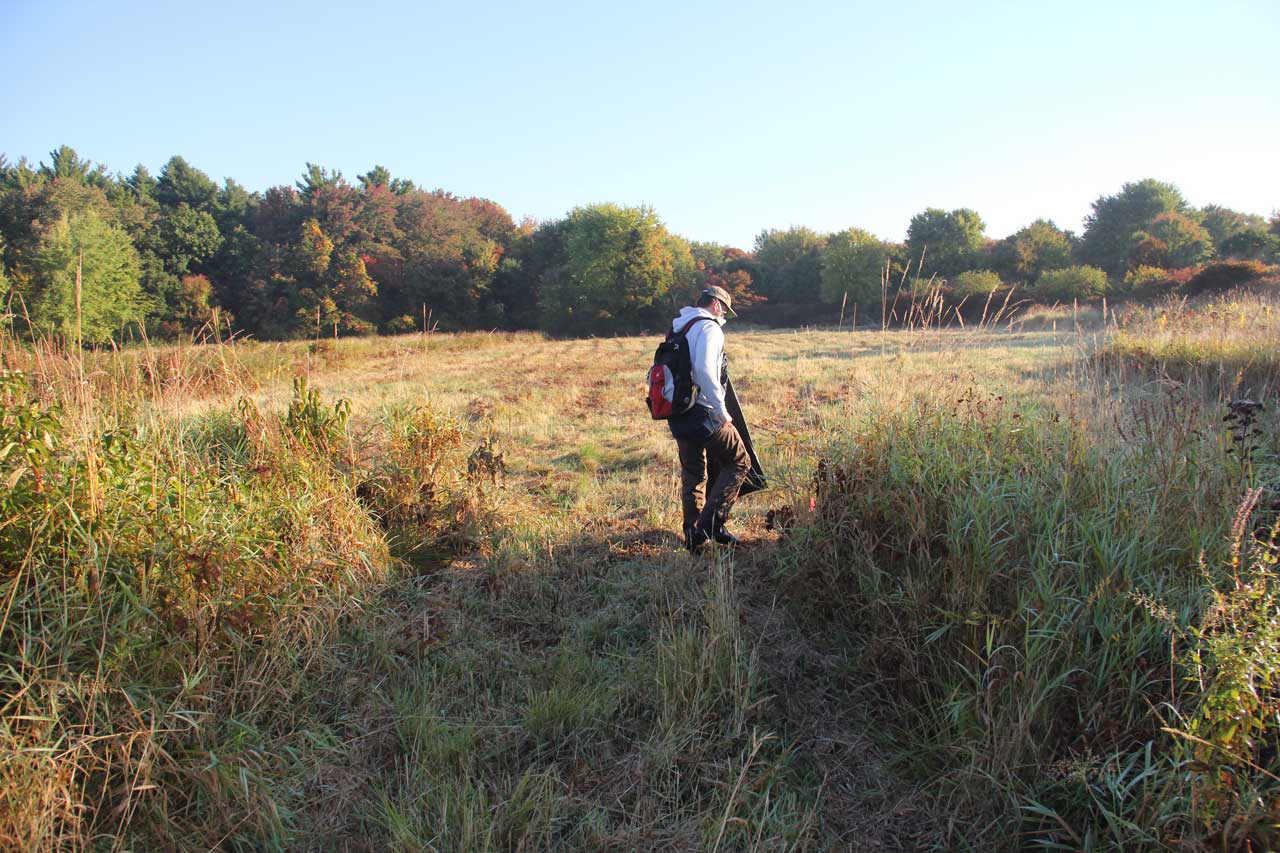About my former academic hibernation lab
Prior Academic Position
I was an independent Sara and Frank McKnight Fellow and Assistant Instructor in the Department of Biochemistry at the UT Southwestern Medical Center from 2015 to 2021. This independent position allowed me to “skip the postdoc” and launch a high risk research program. My work was supported by a prestigious Early Independence Award through the NIH High-Risk, High-Reward Research Program and was featured on the blog of the NIH Director, Dr. Francis Collins.
The Endeavor
My goal was to drastically accelerate the study of mammalian hibernation by starting my own model organsism (the meadow jumping mouse) to allow “lab mouse style” investigation of the mechanisms of hibernation, using the full suite of available experimental techniques (ranging from genetics and biochemistry to physiology).
Hibernation Background and Research
Hibernating mammals – including bears, bats, rodents, and even some primates – exhibit extreme metabolic phenotypes. The stereotypical hibernator exhibits seasonal obesity that is reversed during hibernation as the animal neither eats nor drinks for a period of months. During this season-long fast, the animal achieves energy savings by actively slowing its metabolic rate and allowing body temperature to fall to near freezing. A mechanistic understanding of hibernation could have an important impact on human medicine in the areas of metabolism, emergency medicine, surgery, or organ storage.
My research focused on foundational questions of hibernation biology in three main areas: (1) Determination of cold-temperature cell biology phenotypes and their implications for hibernation physiology and bioenergetics; (2) Biochemical investigation of how cold temperature affects the function of key metabolic enzymes and pathways; and (3) Characterization of in vivo hibernation metabolism using the meadow jumping mouse.
Results from this research can be found on the Publications page, in Current Preprint No. 1 and Publication Nos. 2, 3, 4, 6, and 7.
